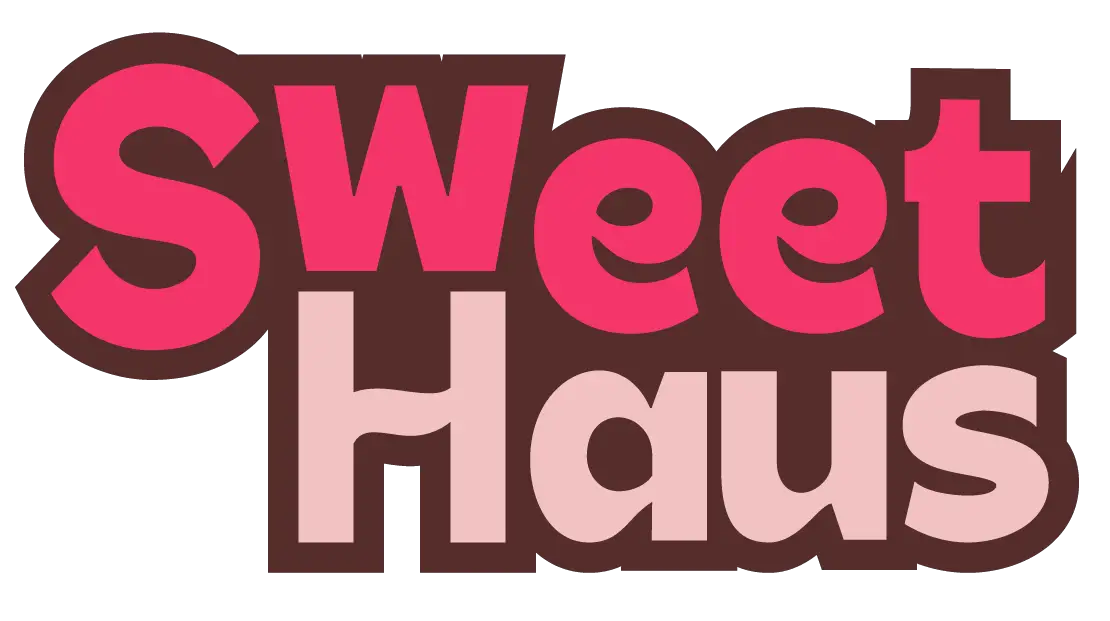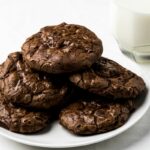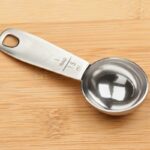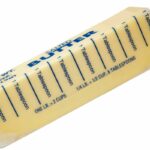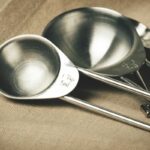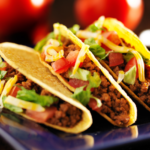Many of us get confused when reading a recipe, and it asks for a certain number of teaspoons or tablespoons.
With their acronyms being so similar (tablespoon – tbsp or tbs and teaspoon – tsp.), it can be easy to mistake one for the other. Do this and your recipe can be ruined!
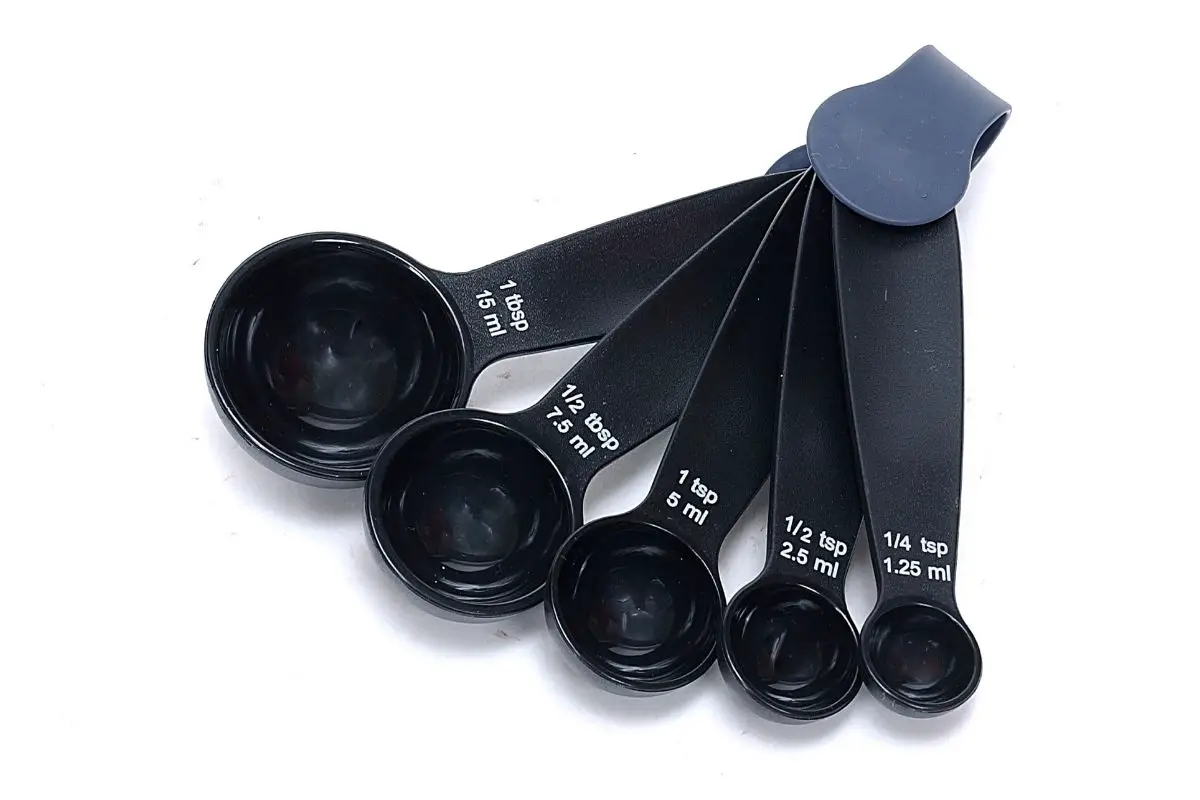
Having the right ingredients is the first step when baking and cooking. But, having the right amount of each ingredient is vital. Have the precise measurements, and you can achieve a perfect balance of flavors.
This is why it is always handy to know your conversions, such as milliliters to teaspoons and how many tablespoons in a cup (we have articles on these, so check them out!)
One of the most common conversions that often comes up in recipes is the conversion between teaspoons and tablespoons.
Knowing how many teaspoons are in a tablespoon can save you from guessing or making mistakes in your culinary endeavors.
Today, we are going to explore the relationship between teaspoons and tablespoons, providing you with a clear understanding of this conversion and how to apply it in your kitchen.
What Is A Teaspoon?
A teaspoon is a unit of volume used for measuring small quantities of ingredients, such as oils, spices, and vanilla extracts, when cooking or baking.
In other words, if the ingredients are impractical to weigh using a weighing scale and two small for measuring in cups, then teaspoons measurements are the best way to go.
Teaspoon can be abbreviated as “tsp” or sometimes written as “teas.”. Whether you’re following a metric or imperial system, teaspoons are often used in recipes.
When following a recipe, it’s important to use the appropriate measuring utensils to ensure accurate measurements and achieve the desired results in your culinary endeavors.
What Is A Tablespoon?
Like a teaspoon, a tablespoon is a unit of volume commonly used in cooking and baking. It is abbreviated as “tbsp” or sometimes written as “tbl” or “tbs.”.
A tablespoon is larger than a teaspoon and is equivalent to approximately 15 milliliters (mL).
Unlike teaspoons that measure smaller volumes of food and liquids, tablespoons are often used to measure larger quantities of ingredients, such as liquid ingredients, sauces, or larger amounts of dry ingredients.
How Many Teaspoons Are In A Tablespoon?
Understanding the conversion of teaspoons to tablespoons is a valuable time-saving skill that can alleviate stress in the kitchen.
This knowledge becomes particularly crucial when adjusting recipe quantities or ensuring precise measurements of spices, salt, baking powder, and other ingredients.
By being aware of the appropriate ratios, you can confidently navigate recipes and prevent any potential mishaps or disasters along the way.
Let’s get straight to the point – there are three teaspoons in one tablespoon.
Here is a list of conversions for measurements when cooking or baking:
- There are 3 U.S. teaspoons in 1 U.S. tablespoon
- There are 1 ½ U.S. teaspoons 1 U.S. tablespoon
- There are 12 U.S. 1/4 teaspoons in 1 U.S. tablespoon
- There are 9 U.S. teaspoons in 3 U.S. tablespoons
- There are 4 U.S. tablespoons in ¼ U.S. cup
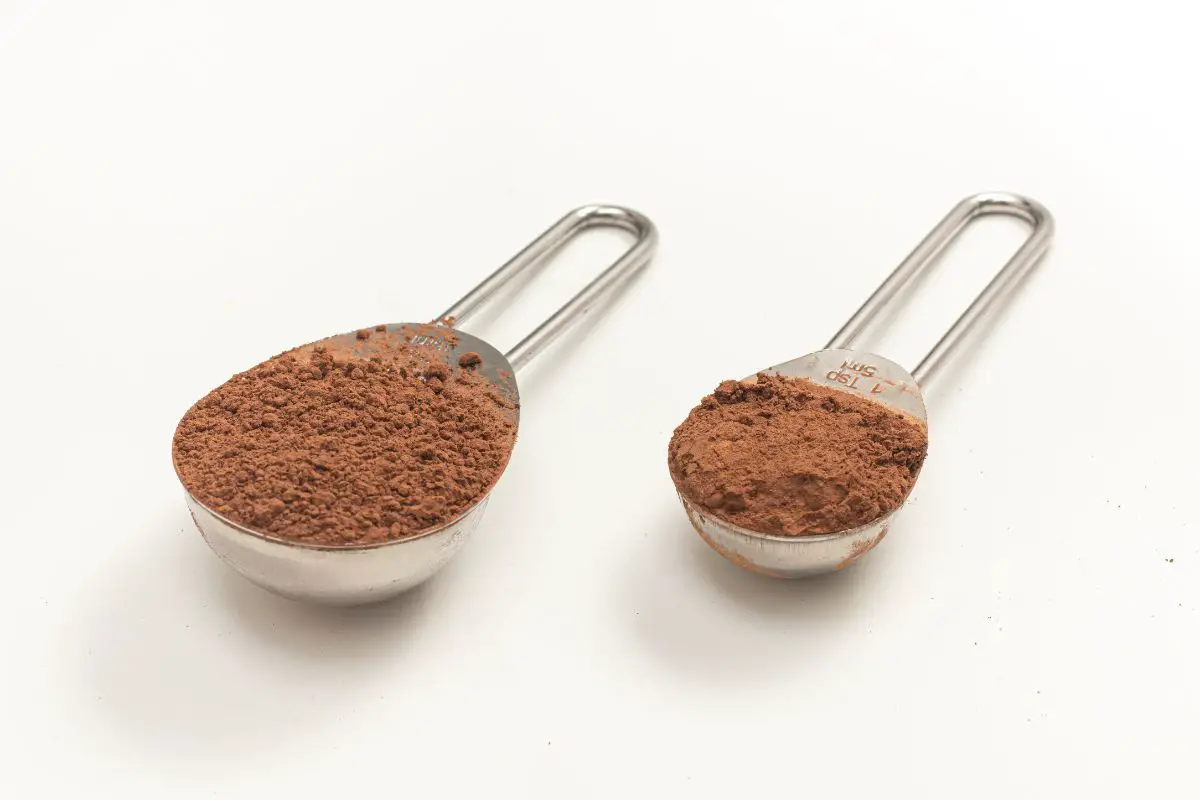
Metric And Imperial Measurements
Both teaspoons and tablespoons find usage within the United States and internationally, but their measurements may differ.
Countries, such as the United States, Myanmar, and Liberia, adhere to the imperial system, whereas the rest of the world adopts the metric system for these measurements.
This variation highlights the global divergence in measurement systems, with implications for culinary practices and everyday life.
The difference between imperial and metric measurements lies in the systems of measurement units they employ. Here are some key distinctions:
Metric System
The metric system, also known as the International System of Units (SI), is widely used throughout the world, except in the aforementioned countries using the imperial system.
It is based on a decimal system, making conversions between different units straightforward.
The metric system features base units such as meters (for length), grams (for mass/weight), and liters (for volume). It also employs prefixes like kilo-, centi-, and milli- to indicate larger or smaller units.
When following the metric system, a metric tablespoon is the equivalent of 15 mL. One metric teaspoon (tsp) is equal to 5 milliliters (mL), so, there are 3 metric teaspoons in one metric tablespoon.
Imperial System
The imperial system, primarily used in the United States, Liberia, and Myanmar, relies on customary units that are based on historical precedents.
Some common units in the imperial system include feet, inches, yards, miles (for length), ounces, pounds, and tons (for weight), and fluid ounces, quarts, pints, and gallons (for volume).
Conversions between different units within the imperial system can be complex and often involve fractions or conversions based on specific conversion factors.
When following the imperial system, one tablespoon is the equivalent of half a fluid ounce (around 14.79 mL).
A single U.S. teaspoon equals ⅙ fluid ounce (4.93 mL). This is a little less than a 5 mL metric teaspoon.
The slight variations in volume between American and metric measuring spoons are generally insignificant, allowing for easy interchangeability without significantly impacting a recipe.
What About A Dessert Spoon?
You may have heard of a dessert spoon, but depending on where you live, you may have never used it.
A dessert spoon is essentially a unit of measurement/volume implemented in Australia, Canada, New Zealand, and the United Kingdom.
It is the equivalent of 10 mL, meaning its volume lies between a teaspoon and a tablespoon.
In Summary
That completes our guide on how many teaspoons are in a tablespoon. Now we know – there are three teaspoons in one tablespoon.
Whilst imperial and metric measurements differ slightly, their overall size comparison is so minimal that they can both be used interchangeably when cooking or baking.
- How To Make Honey Butter - July 4, 2023
- How To Make Meringue - July 3, 2023
- What Is Shortening? - July 3, 2023
